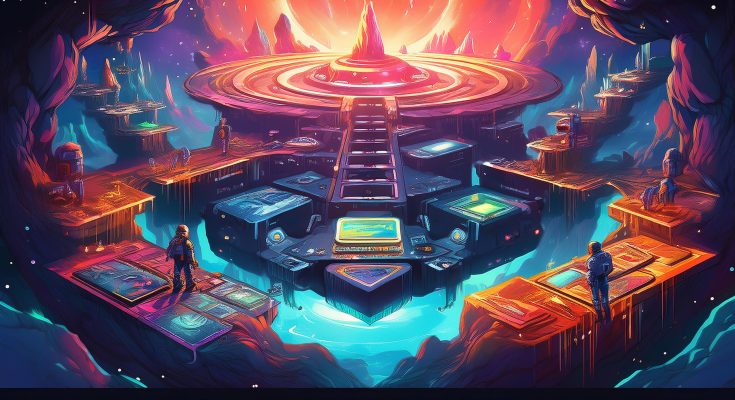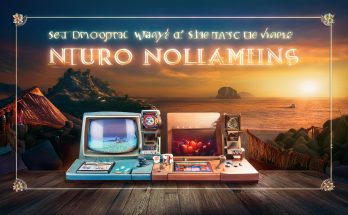The Art of Storytelling in Video Games: A Deep Dive
Video games, once relegated to the realm of mindless entertainment, have evolved into powerful mediums of storytelling. From interactive narratives to immersive worlds, games have the ability to captivate audiences and evoke a wide range of emotions. In this deep dive, we’ll explore the art of storytelling in video games, examining how developers craft compelling narratives, create memorable characters, and build immersive worlds.
The Power of Interactive Narrative
One of the defining characteristics of video games is their interactive nature. Unlike traditional forms of storytelling, such as books or films, games allow players to actively participate in the narrative. This interactivity creates a unique opportunity for developers to tailor the story to the player’s choices, making the experience more personal and engaging.
Games like “The Walking Dead” and “Heavy Rain” excel at using interactive storytelling to create branching narratives. The player’s decisions can have a profound impact on the story, leading to different outcomes and character arcs. This level of player agency empowers the player to feel invested in the story and its characters.

Character Development and Emotional Connection
To create a truly compelling narrative, game developers must craft characters that resonate with players on an emotional level. This involves developing well-rounded characters with complex motivations and histories. By giving characters depth and personality, developers can foster a strong emotional connection between the player and the characters.
Games like “The Last of Us” and “Red Dead Redemption 2” are renowned for their exceptional character development. The protagonists, Joel and Arthur Morgan, are flawed and complex individuals who grapple with moral dilemmas and personal struggles. By exploring their vulnerabilities and triumphs, these games create deeply empathetic characters that stay with players long after the credits roll.
Worldbuilding and Immersion
A well-crafted game world is essential to immersing the player in the story. By creating believable and detailed worlds, developers can transport players to other realms and evoke a sense of wonder and exploration.
Games like “The Witcher 3: Wild Hunt” and “Elder Scrolls V: Skyrim” are masterclasses in worldbuilding. These games feature vast, open worlds filled with diverse cultures, rich history, and intricate lore. By exploring these worlds, players can uncover hidden secrets, encounter fascinating characters, and experience the consequences of their actions.
The Role of Music and Sound Design
Music and sound design play a crucial role in enhancing the storytelling experience. By carefully selecting and composing music, developers can evoke specific emotions and create a sense of atmosphere. Sound design, on the other hand, can be used to ground the player in the game world, providing auditory cues that reinforce the narrative and gameplay.
Games like “Silent Hill 2” and “Bioshock” are known for their haunting soundtracks and atmospheric sound design. These games use sound to create a sense of dread, tension, and mystery, heightening the player’s emotional experience.
The Future of Storytelling in Video Games
As technology continues to advance, the possibilities for storytelling in video games are endless. With the rise of virtual reality and augmented reality, developers can create even more immersive and interactive experiences. By blurring the lines between the virtual and the real, these technologies have the potential to revolutionize the way we experience stories.
In conclusion, the art of storytelling in video games has come a long way. By leveraging the power of interactivity, character development, worldbuilding, and sound design, developers can create truly captivating experiences that resonate with players on a deep emotional level. As the industry continues to evolve, we can expect to see even more innovative and groundbreaking storytelling techniques emerge in the years to come.



